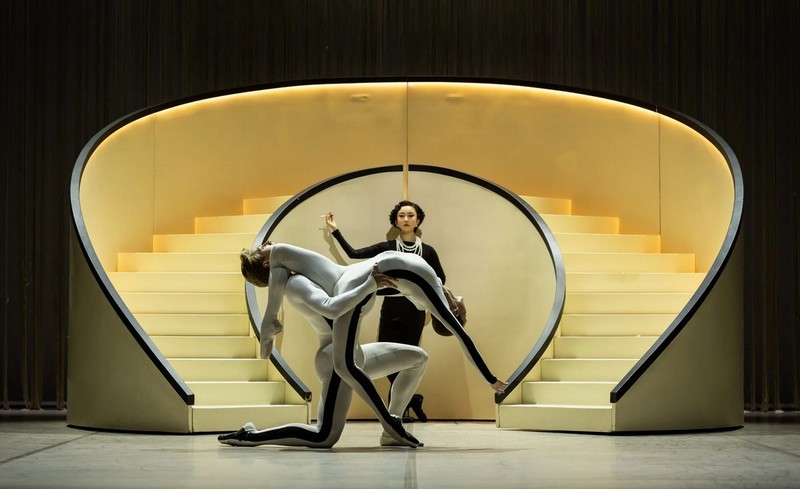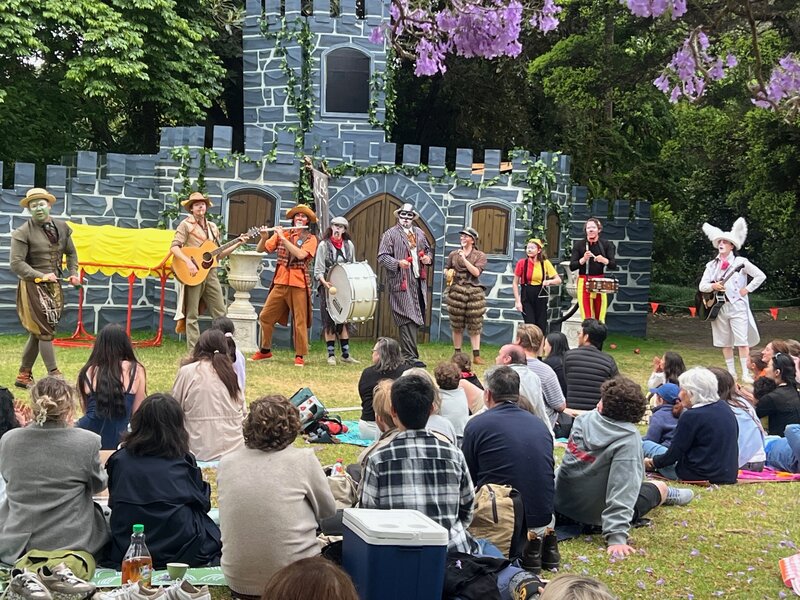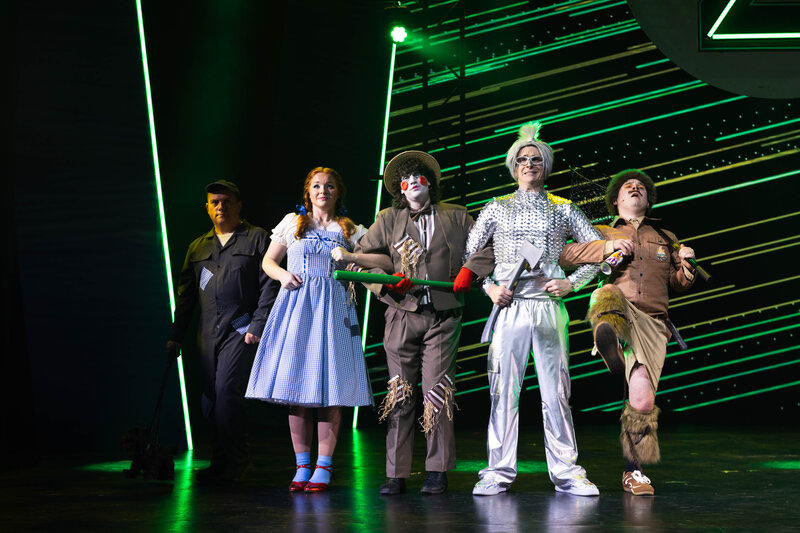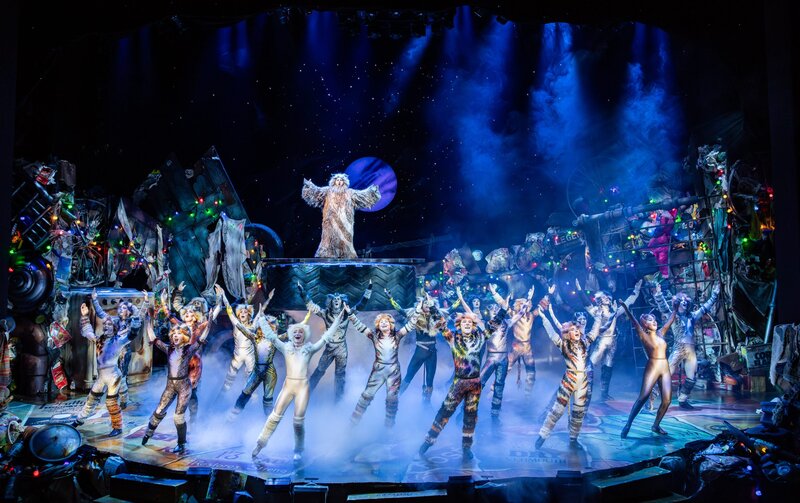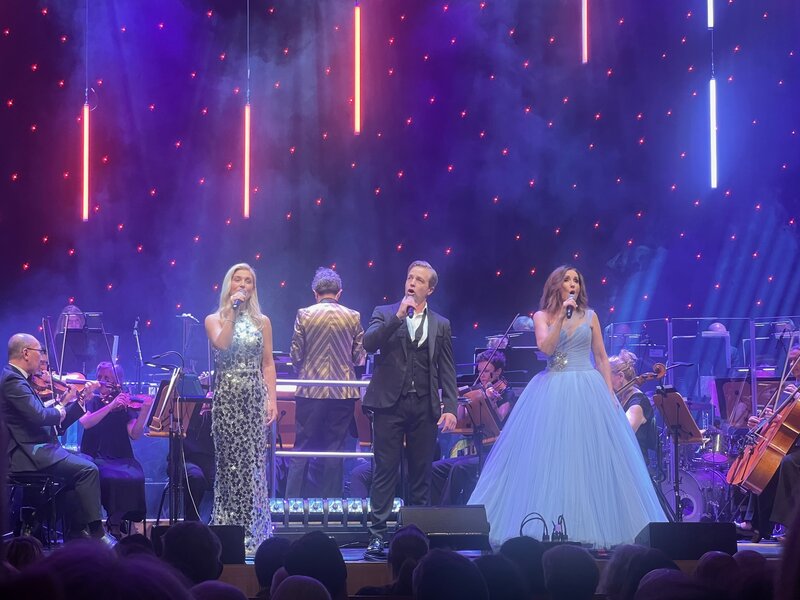Perhaps the most anticipated opening of Queensland Ballet’s 2024 season, Coco Chanel: the Life of a Fashion Icon was sold out before the curtain even went up. It is fantastic news for the arts in Brisbane, and well-deserved, as this production delivered everything a theatre-going fashionista could dream of. The ballet is a co-production between Hong Kong Ballet and Queensland Ballet, choregraphed by Belgian-Columbian Annabelle Lopez Ochoa.
While not a traditional ballet, the production chronicles 13 pivotal moments from the life and times of Coco Chanel over the course of 100 minutes. Opening with a young ‘Coco’ as a struggling seamstress and cafe performer, progressing through her tumultuous love life and financiers to ultimately become the iconically independent, elegant woman in the collarless suit.

The choreography is a modern combination of both classical ballet and contemporary story-telling techniques. Chanel is portrayed by a single dancer throughout (beautifully and emotionally performed by Neneka Yoshida), and often joined by Shadow Chanel (equally impressive Kaho Kato) who provides steely determination and encouragement in times of conflict and grief. Both character’s movements are punctuated with a motif of penches and angular point work, a physical demonstration of inner strength and the independence Coco Chanel strives for.
Standout sequences include Chanel’s workshop, where ateliers, costumed to mimic draping mannequins, spin cutting tables and dance with cleverly hidden rolls of fabric. Their choreography echoes the crisp slicing and snipping motions of a sewist’s scissors, interspersed with twists and folds of fabric to reveal new shapes.
The opening scene features ballerinas atop bentwood chairs that transform into ingenious chandeliers when lifted off the stage, bringing a gasp of delight. There are regular appearances by a ‘runway’ of models in chic undergarments charting Chanel’s evolution as a designer; and an ensemble of black-clad men who assist with the selection of the now famous Number 5 scent are both delightful and memorable.
Also of particular note is the sensitive handling of the period in Chanel’s life during the German invasion of France, where she ‘holed up’ in a hotel with a Gestapo spy. One of the more controversial lovers and business partners Chanel had – several of whom are documented throughout the show – “Baron” Hans Günther von Dincklage is danced by Vito Berlusconi, a wonderful character performer who always embodies his roles with fervour and personality. The ‘army’ of Nazis cleverly expand in number with a set of mannequins that are both benign and imposing. Their choreography is remarkably effective, ranging from elegantly sharp goosesteps to more menacing interlopers. Another standout in this scene is Chanel’s scarlett red frock, a rare moment of colour in the predominantly monochrome production palette.
Other notable performances come from the lithe and fluid Logo dancers (Georgia Swan and Edison Manuel), who bend, fold and wrap their limbs and torsos to create striking shapes in full length white bodysuits with a single black stripe, physically embodying the entwined ‘double c’ that would become the Chanel logo.
The music is a unique mix of pre-recorded and live-performed score by Peter Salem also stands out. Performed by Camerata, Queensland’s Chamber Orchestra conducted by Nigel Gaynor, the music helps delineate the chapters of Chanel’s life, at times light and full of frivolity but many others, dark and moody.

The costumes and props are integral to the story, as you would expect for a production about a fashion designer. The stylishly minimal set and beautifully clever costumes were designed and created by Jérôme Kaplan. Shadow Chanel’s chic black costume, with signature ropes of pearls is instantly recognisable, always accompanied by a cigarette for extra sass. Coco Chanel’s costumes are equally iconic, progressing from drop-waisted frocks to sailor stripes and trousers through to the tweed suit jacket.
Kaplan’s inventive uses of textiles ventures beyond costumes, with full length curtains made of tassels. A circular dias rolls on and off like a giant button, however the stage is dominated by two mobile curved staircases, a recognisable structure from Chanel’s studio in Paris. The stairs are almost ever-present, framing the action and providing a vantage point for Shadow Chanel to oversee her younger self.
The lighting design by Jon Buswell (after Billy Chan) complements the stage’s simplicity, with sparing use of colour to great impact, instead favouring creating light and shadow like Chanel’s preferred black and white palette.
The season of Coco Chanel: the Life of a Fashion Icon has already sold out, which is proof that new work does draw audiences. It was wonderful to witness something for the first time, and that will no doubt become a modern classic. Put simply, this production is elegance in motion.
Coco Chanel: the Life of a Fashion Icon continues at the QPAC Playhouse until October 19
Belinda Yench
Other reviews you might enjoy:
- Swan Lake (St Petersburg Ballet Theatre) – theatre review
- Dangerous Liaisons (Qld Ballet) – theatre review
- The Nutcracker (Queensland Ballet) – dance review

Belinda Yench is a Brisbane-based writer and communications specialist. She contributes to The Blurb on theatre and film

